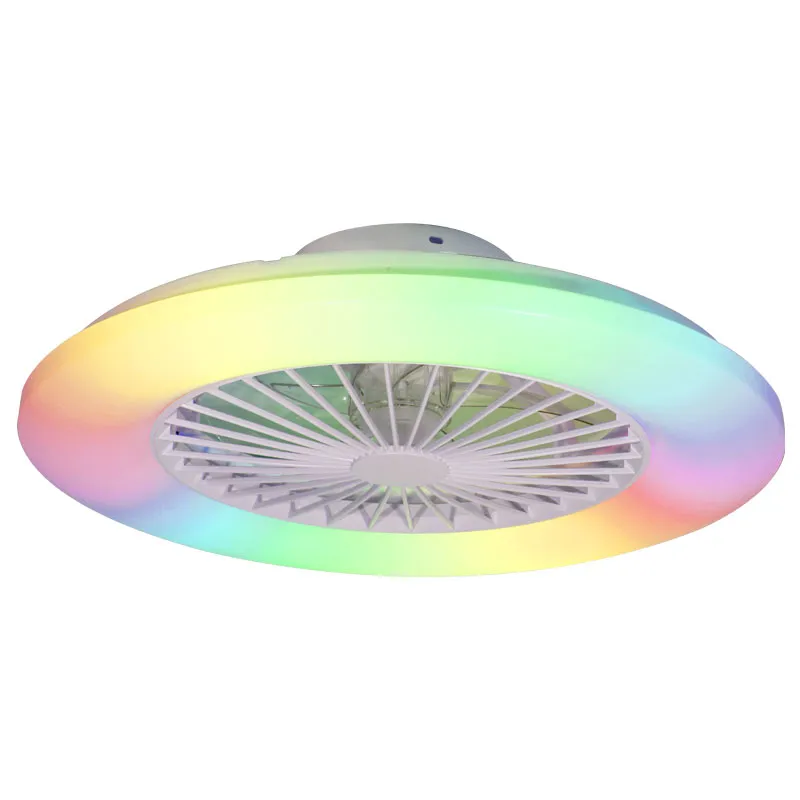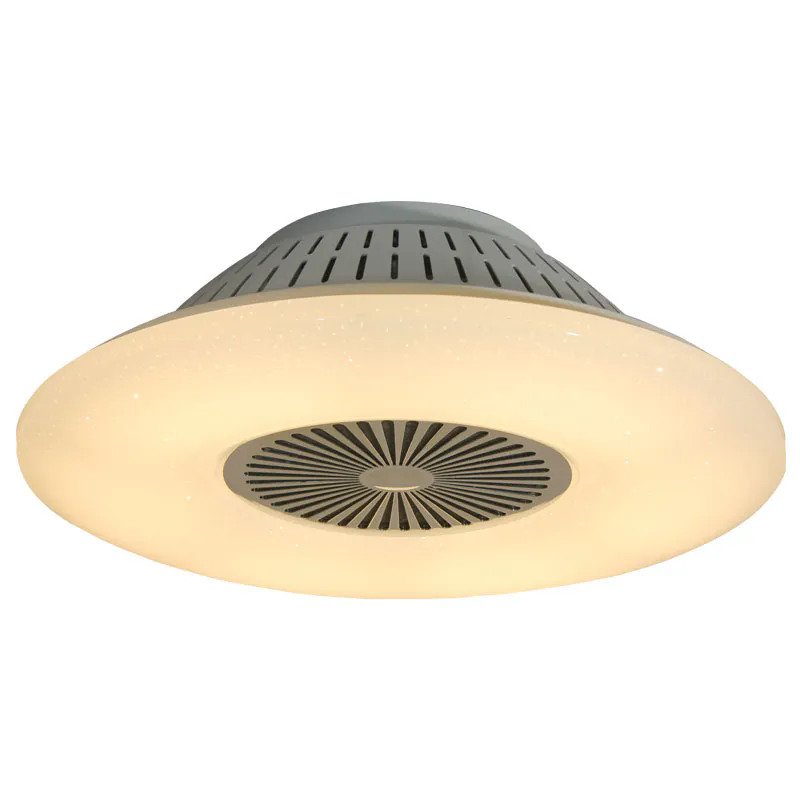マイナスイオン空気浄化ランプの原理は何ですか?
2024-07-02
の原理マイナスイオン空気浄化ランプ主にマイナスイオンの発生と空気浄化のプロセスが含まれます。
1. マイナスイオン発生
高電圧電界効果:マイナスイオン空気浄化ランプ高電圧を印加することで電界を発生させるマイナスイオン発生装置を搭載しています。高電圧電場の作用下で、空気中の分子または原子がイオン化されて、負に帯電したイオン、つまりマイナスイオンが形成されます。
Electrode design: Generally speaking, the negative ion generator contains two high-voltage electrodes, which are designed with a specific layout and spacing to optimize the generation efficiency of negative ions. The electrodes are installed in the fan assembly, and the rotation of the fan promotes air flow, so that more air molecules can be exposed to the high voltage electric field, increasing the generation of negative ions.
2. 空気浄化
Negative ions combine with pollutants: The generated negative ions float in the air and combine with suspended particles (such as PM2.5, PM10, dust, etc.), harmful gases (such as formaldehyde, benzene, etc.) and microorganisms such as bacteria and viruses in the air. The excess electrons carried by negative ions can neutralize the positive charges carried by these pollutants, making them inactive and aggregated into larger particles, which are convenient for subsequent treatment or natural sedimentation.
汚染物質の除去: 結合した汚染物質粒子は、重量の増加により自然に地面または物体の表面に沈降し、空気中の汚染物質の濃度が減少します。一部の陰イオン空気浄化ランプには、これらの沈殿した汚染物質粒子を収集して処理するための集塵装置も装備されています。
Antibacterial effect: Negative ions can also destroy the cell structure of microorganisms such as bacteria and viruses, inhibit their growth and reproduction, thereby achieving antibacterial and sterilization effects.
要約すると、その動作原理は、マイナスイオン空気浄化ランプ高電圧電界によりマイナスイオンを発生させ、マイナスイオンの特性を利用して空気中の汚染物質と結合し、活性を失って沈殿または回収・処理するものです。同時に、マイナスイオンには抗菌効果もあり、空気の質を効果的に改善します。この浄化方法は、高効率、環境保護、二次汚染がないという利点があり、家庭、オフィス、病院などの空気浄化の分野で広く使用されています。


























